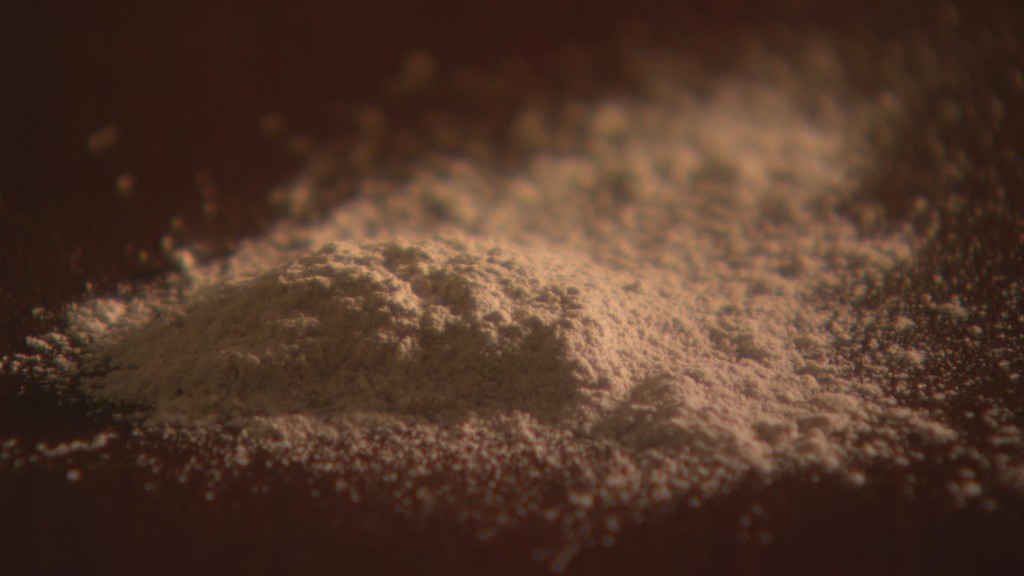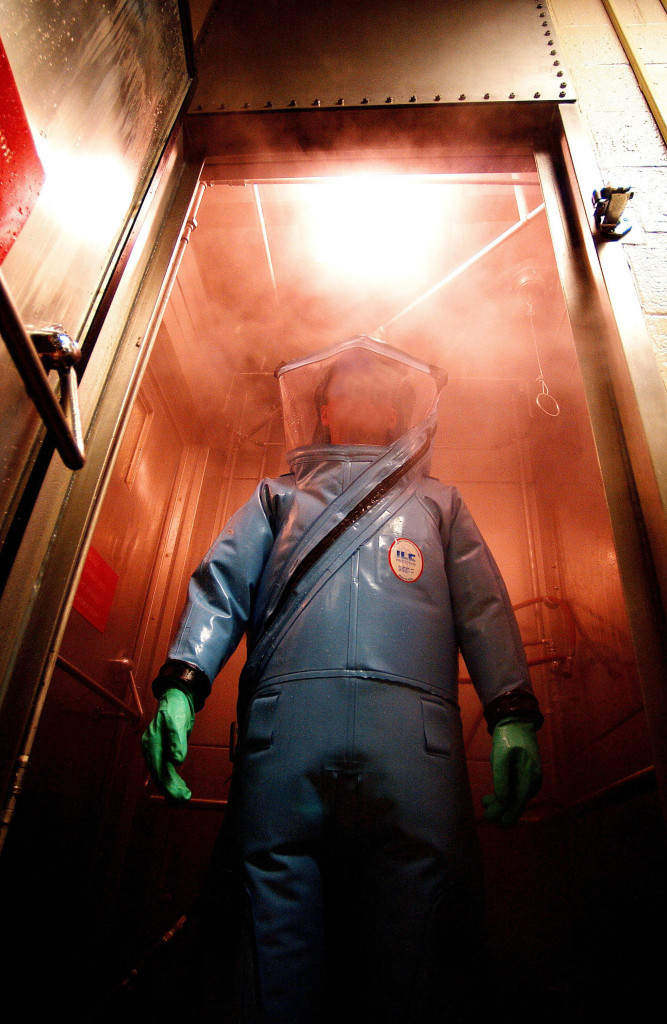Dig Deeper: The Anthrax Investigation

October 10, 2011
Share
Bruce Ivins and the Anthrax Investigation
Anthrax Redux: Did the Feds Nab the Wrong Guy? Wired‘s Noah Shachtman profiles how the FBI’s most expensive, and “arguably toughest” seven-year hunt for the anthrax killer ultimately identified Army biodefense researcher Bruce Ivins – who would commit suicide during the course of the investigation – as the sole culprit. “But things are not always as clear-cut as they seem in an FBI presentation,” Shachtman writes. The piece probes holes in the FBI’s case, including inconsistencies in the time frame of attack, questions over access to the equipment needed to produce the spores and uncertainty over what Ivin’s motivations could have been, among others. Taken together, he writes, “It’s not at all certain that the FBI could have ever convicted Ivins of a crime.” (April 2011)
Anthrax Attacker Bruce Ivins’ Obsessions “Since childhood, Bruce Ivins had been tormented by resentments toward those he believed had rejected him,” writes David Willman in this excerpt of his book The Mirage Man. “Beneath his persona of ‘Bruce being Bruce,’ the quirky, happy-go-lucky colleague, the good neighbor who cared deeply about others and just wanted to help, he boiled. Ivins eventually expressed a deepening awareness of how troubled he was.”
Bruce Ivins and the Anthrax Mailings Here is the collected reporting of The Frederick News-Post, Ivins’ hometown paper.
Steven Hatfill: The Exonerated Scientist
The Wrong Man The Atlantic’s David Freed lays out how post 9/11 panic and immense pressure to find the perpetrator of the anthrax attacks led the FBI – abetted by the media – down a long path of embracing “conjecture and coincidence as evidence” to blindly, brutally and erroneously pursue one suspect for years, Dr. Steven Hatfill. It would take nearly five years for the FBI to clear his name. Reflecting on how the country turned against him and presumed him guilty, Hatfill tells Freed, “It’s like death by a thousand cuts.”
Nicholas Kristof’s Columns “I think I know who sent out the anthrax last fall,” wrote New York Times columnist Nicholas Kristof in January 2002. In a series of subsequent columns the Pulitzer Prize-winning writer began to insist the FBI pursue a scientist he called “Mr. Z,” based on an “educated guess” that he could be the anthrax killer. “Mr. Z” was eventually identified as Dr. Steven Hatfill, the scientist who soon became the FBI’s primary suspect in its investigation into the attacks. It was not until August 2008 that the bureau officially cleared Dr. Hatfill’s name, after which Kristof penned one more column, this time apologizing. “The job of the news media is supposed to be to afflict the comfortable and comfort the afflicted. Instead, I managed to afflict the afflicted,” he wrote.
Profile of A Killer (Jan. 4, 2002)
Connecting the Deadly Dots (May 24, 2002)
Anthrax? The F.B.I. Yawns. (July 2, 2002)
The Anthrax Files (July 12, 2002)
Case of the Missing Anthrax (July 19, 2002)
The Anthrax Files (Aug. 13, 2002)
Media’s Balancing Act (Aug. 27, 2008)
Related Documentaries
Latest Documentaries
Related Stories
Related Stories
Policies
Teacher Center
Funding for FRONTLINE is provided through the support of PBS viewers and by the Corporation for Public Broadcasting. Additional funding is provided by the Abrams Foundation; Park Foundation; the John D. and Catherine T. MacArthur Foundation; and the FRONTLINE Journalism Fund with major support from Jon and Jo Ann Hagler on behalf of the Jon L. Hagler Foundation, and additional support from Koo and Patricia Yuen. FRONTLINE is a registered trademark of WGBH Educational Foundation. Web Site Copyright ©1995-2025 WGBH Educational Foundation. PBS is a 501(c)(3) not-for-profit organization.



















